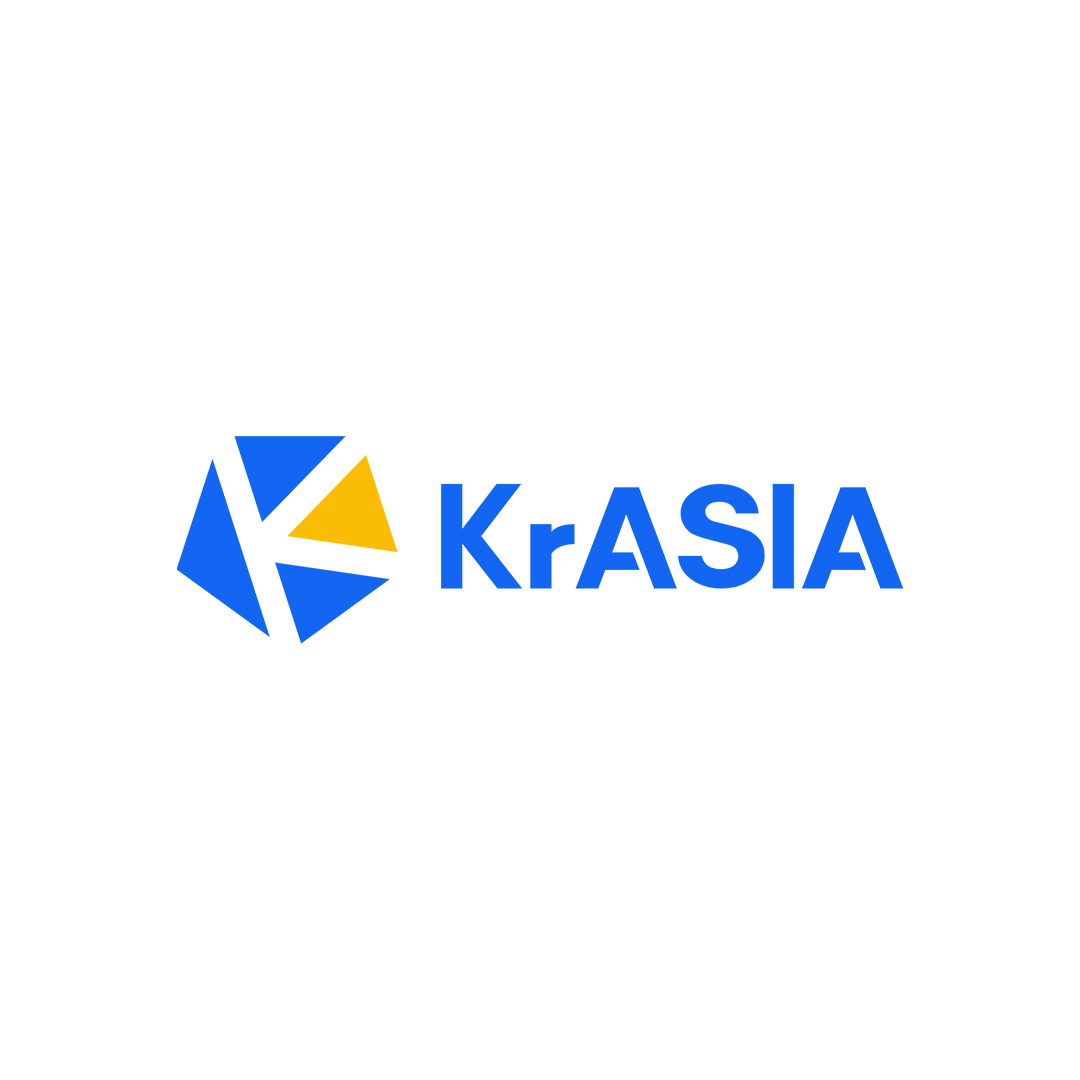Hong Kong’s stablecoin regime takes shape as China eyes alternatives to dollar-based payments
1 day ago
In just a few weeks, stablecoins have gone from a niche topic to the center of discussion in China’s financial and tech circles.
On June 18, People’s Bank of China governor Pan Gongsheng publicly addressed the subject at the Lujiazui Forum in Shanghai, suggesting a regulatory shift. A week later, at the Summer Davos Forum, International Monetary Fund (IMF) deputy managing director Li Bo said the IMF is working with various institutions to draft stablecoin standards and guidance to support national-level exploration.
That same day, Guotai Junan International’s share price climbed nearly 200% after it received approval to offer virtual asset trading services in Hong Kong. The stock opened at HKD 1.42 (USD 0.18) and closed at HKD 3.70 (USD 0.47). Wind data showed that more than 50 investor briefings and calls related to stablecoins were held throughout the month. Brokerages across China raced to publish analyses.
On the corporate side, JD.com founder Richard Liu told attendees of a closed-door meeting ahead of the 618 shopping festival that the company intends to apply for stablecoin licenses in major currency jurisdictions. Ant Digital Technologies, the digital finance arm of Ant Group, has set up its overseas headquarters in Hong Kong, completed sandbox testing under local supervision, and started the licensing process. Affiliate Ant International also announced plans to expand its stablecoin operations in Hong Kong, Singapore, and Luxembourg.
So, what’s driving this surge of interest?
Reducing dependency on the US dollarTo understand what’s at stake, it helps to start with what stablecoins are.
Stablecoins are cryptocurrencies that are pegged to an underlying asset, typically a fiat currency. They aim to offer price stability while using blockchain for efficient, low-cost transfers. Most are privately issued. The two largest stablecoins, USDT and USDC, are both pegged to the US dollar and account for more than 90% of the market.
Essentially, stablecoins are still crypto assets.
In September 2021, Chinese regulators banned cryptocurrency trading due to concerns about financial instability. But this June marked a shift. At the Lujiazui Forum, Pan advocated for a more diversified global currency system, arguing that both the digital yuan and stablecoins could enhance cross-border payments.
He pointed out that the current international payment infrastructure is inefficient and increasingly susceptible to geopolitical risk. As digital technologies evolve, so does the need for alternatives.
This marks a pivot toward RMB-denominated stablecoins.
According to Morgan Stanley analysts, part of this shift stems from the growing acceptance of stablecoins in the US. In May, the US Senate passed the GENIUS Act, short for “Guiding and Enabling the Nation for Unified and Innovative Stablecoins,” which would require stablecoins to be fully backed by US dollars, recognize them as legal “on-chain dollars,” and integrate them into global payment systems.
That could further entrench the US dollar’s dominance in global finance.
Faced with the growing prospect of dollar dependency, other economies are beginning to take note and explore diversification. During a visit to China in June, European Central Bank president Christine Lagarde called for reform of the global reserve currency system.
In this context, China’s evolving position on stablecoins appears to be part of a broader effort to promote the international use of the Chinese yuan.
Hong Kong is playing a central role in this strategy. On May 30, the city’s government published a draft of the “Stablecoins Ordinance” in its official gazette. By June 6, a follow-up announcement confirmed the law would take effect on August 1. Under this ordinance, stablecoins pegged to the Hong Kong dollar will be regulated as payment instruments and subject to licensing.
The ordinance echoes key aspects of the GENIUS Act. Issuers must hold 100% high-quality reserves to support one-to-one redemption, cannot offer interest, and must comply with strict governance, anti-money laundering, and anti-terrorism standards.
What can stablecoins actually do?With the regulatory scaffolding in place, attention is now turning to practical applications.
Two use cases have emerged as frontrunners: cross-border payments and tokenization of real-world assets (RWA).
In cross-border payments, stablecoins hold promise as a way to reduce transaction costs. According to a report by Zeping Macro, the traditional payment ecosystem led by Visa and Mastercard, among others, involve complex relays between merchants, acquirers, card networks, and issuers. This leads to high fees and slow settlements.
Card networks, for example, typically charge merchants 2–3% per transaction in the US, costs that are often passed along to consumers through higher prices. Settlements can take up to three business days, delaying cash flow for merchants.
By contrast, stablecoins use blockchain tech to simplify this by enabling direct wallet-to-wallet transfers, sidestepping banks and card networks. Theoretically, this eliminates intermediaries, cutting out processing fees and allowing for real-time settlement.
Zeping Macro adds that stablecoins could eventually underpin a global payment infrastructure. Built on public blockchains, they are borderless by design and challenge existing payment systems.
RWA tokenization is also gaining traction. In simple terms, this refers to the conversion of tangible or intangible real-world assets into blockchain-based tokens that can be traded by global investors, boosting liquidity.
Ant Digital Technologies has completed two such projects. In August 2024, it partnered with Longshine Technology to tokenize a renewable energy asset for cross-border financing. In December, it teamed up with GCL Energy Technology on a tokenized solar asset project worth over RMB 200 million (USD 28 million).
Ant sees stablecoins as the settlement layer for these transactions. By pricing and settling assets directly in compliant stablecoins, they bypass traditional systems like SWIFT and reduce costs.
Stablecoins also offer investors a cash-like, low-volatility option. The Securities and Futures Commission of Hong Kong recently issued upgraded licenses to 40 institutions—including 38 brokerages, one bank, and one internet company—to enable virtual asset trading through integrated accounts. Guotai Junan International was the first Chinese securities firm to secure a full license.
Who’s betting on stablecoins?With the Stablecoins Ordinance about to be implemented, Hong Kong is set to become the first jurisdiction with a formal licensing framework for fiat-pegged stablecoins. The Hong Kong Monetary Authority (HKMA) is expected to name the first licensees between July and August. Sandbox participants will be eligible to apply.
Several companies are already in the queue. Ant Digital Technologies has submitted its application. JD Chain CEO Liu Peng said the firm aims to obtain a license by the fourth quarter. RD Technologies is collaborating with a subsidiary of LianLian DigiTech. Linklogis is partnering with Standard Chartered.
ZA Bank is the first digital bank in Hong Kong to offer services to stablecoin issuers. China Everbright Limited has invested in Circle, which went public on June 5 and is billed as the world’s first stablecoin-focused stock.
Gan Tian, CEO of China Asset Management (Hong Kong), said at a recent forum that his firm is the only mainland-backed asset manager involved in three HKMA sandbox projects. For the stablecoin pilot, the participants are RD Technologies, JD Chain, and Standard Chartered. His firm is working with one issuer to submit a cash management plan to the HKMA.
Gan also identified the most active banks in Hong Kong’s tokenized payments space as Ant International, Standard Chartered, HSBC, Deutsche Bank, and ANZ. He noted that banks from mainland China have yet to join the fray.
“Among global commercial banks, Standard Chartered is the most invested in Web3,” he said. “It already has custody businesses operating in Luxembourg, Dubai, Singapore, and Hong Kong. HSBC, Deutsche Bank, and ANZ are quickly following.”
Looking ahead, Gan said that the global currency system could eventually coalesce around a few major stablecoins, though this will depend on the maturity of supporting financial and trade ecosystems.
Hong Kong’s stablecoin initiative, he added, may not only create a new path to internationalize the Chinese yuan, but also reshape the very foundation of global financial infrastructure.
KrASIA Connection features translated and adapted content that was originally published by 36Kr. This article was written by Wang Hanyu for 36Kr.
...Read the fullstory
It's better on the More. News app
✅ It’s fast
✅ It’s easy to use
✅ It’s free









